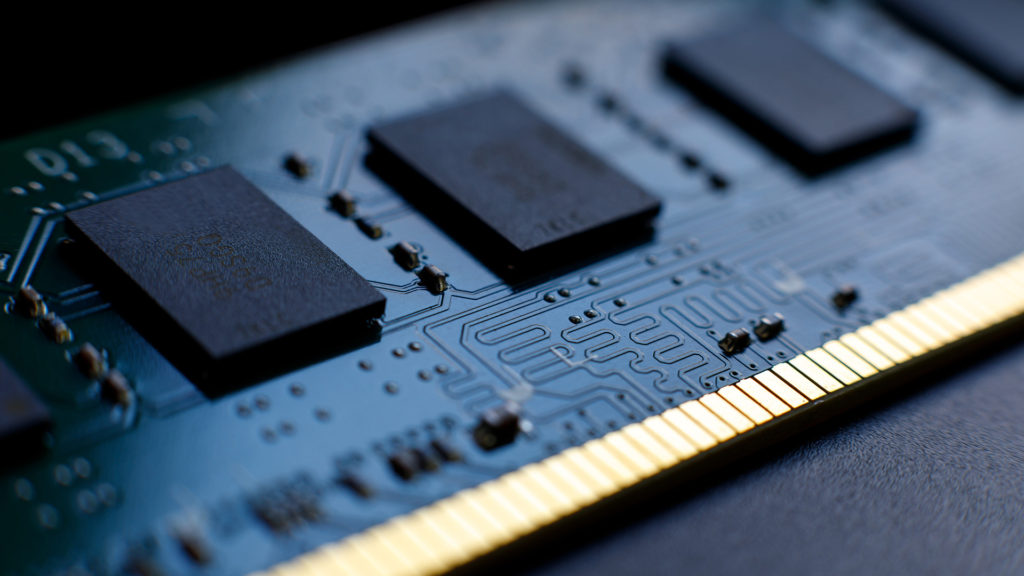Tech Tidbit | DDR4 vs DDR5
By Matthew Moy, RAVE Computer Systems Engineer

With the pricing and availability improving on DDR5, many are wondering how to quantify the benefits when determining the next upgrade path. If you compare the specifications of the two standards the enhancements are quite significant: 50% increase in bandwidth, higher efficiency via improved power and channel architecture, longer burst length, and support for higher capacity modules. However, leveraging these advancements to improve system performance is highly application-dependent.
Applications with high memory utilization that are sensitive to throughput and latency will typically show the largest performance gains. (for example file compression, video encoding, and machine learning)
While there are several outliers that one can point to that show more significant performance gains of 20% and beyond, the vast majority of applications are less likely to show such substantial increases in performance, with the difference being closer to ~2% on average. If you are unsure of what the impact will be on the applications that you run, we are happy to discuss your particular workload and help determine the ideal hardware configuration.
However, the general trend we are seeing from most motherboard manufacturers is that the boards with standard feature sets tend to use DDR4, and the more elaborate boards with a wider range of feature sets (for example: additional NICs, thunderbolt, additional overclocking features) are more likely to use DDR5. This means that the differences in feature sets on the various motherboards may end up being a larger driving factor if your application is not likely to see a significant performance increase with DDR5. As the DDR5 standard becomes more mature, we can expect to see the difference in cost between DDR4 to continue to diminish, as well as improved performance as module designs improve.
